
The All-in-One Guide to Facebook Ad Sizes, Specs, & Strategies
With rapid expansion of targeting options, improvements to machine learning optimizations, and the overall efficiency and focus on advertiser needs, Facebook has never been a stronger advertising platform.
However, with rapid innovation comes rapid change. Staying on top of all of the updates becomes increasingly challenging as new ad types and creative options become available. Image sizes, placements, and creative formats have changed quite a bit since Facebook launched advertising in 2014.
That’s why I’m here to help. In this complete guide to Facebook ad creative, I will walk you through your creative options for Facebook, including Facebook ad sizes and specs, as well as how to strategically approach them.
Facebook ad sizes, specs, and strategies
Facebook has made so many placements available to advertisers over the past few years and, although each has its own nuances, there are standard sizes for images and videos that should allow you to only have to make one or two variations of creative. Here, I’m going through each to explain the specs and strategies for your advertising, including advantages and disadvantages of each.
Pro tip: Although many placements run smaller than the general feeds placements, Facebook will properly resize the larger image, so it is best to stick to the generalized larger format.
With that, let’s get to it.
Facebook static single image ad sizes
Rectangle: 1200 x 628
Advantages: The 1200 x 628 pixel static image ad has been the standard for Facebook for quite some time. This image size is fairly interchangeable between all available placements; however, in recent months, the 1200 x 628 is pretty much becoming a secondary option for many advertisers as Facebook has begun to favor the 1080 x 1080 square image within Facebook and Instagram placements. Why? That square image takes up a lot more real estate on a mobile user’s screen. With that being said, in my experience, the 1200 x 628 pixel image size still converts well so it doesn’t appear that the lack of vertical space is hindering the performance of these image sizes too much.
Disadvantages: Less vertical space taken up on mobile placements. The dimensions for the 1200 x 628 ad image was originally constructed for the desktop News Feed and to be able to be easily transferred to subsequently smaller placements thereafter. So, for example, you would have a 1200 x 628 pixel image for the desktop News Feed and Facebook would be able to scale that image down efficiently to appear in the desktop right column and mobile News Feeds accordingly.
Available Placements:
- Facebook News Feed
- Facebook Instant Articles
- Facebook In-Stream Videos
- Facebook Marketplace
- Facebook Stories
- Instagram Feed
- Instagram Stories
Square: 1080 x 1080 pixels
Advantages: As previously mentioned, Facebook encourages advertisers to begin to use these larger square ads. The primary reason for this has been a direct result of both the boom in Instagram usage and the far greater volume of users on mobile for both platforms. The combination of those two factors has given Facebook the incentive to allow advertisers with the larger piece of ad real estate to make their impact. The added benefit of the square image ad is that it seamlessly transitions to the Instagram placement without looking odd.
Disadvantages: It’s not entirely certain if square ads objectively perform better on Facebook placements. With more time and more data, we will begin to understand.
Available Placements:
- Facebook News Feed
- Facebook Instant Articles
- Facebook In-Stream Videos
- Facebook Marketplace
- Facebook Stories
- Instagram Feed
- Instagram Stories
**Stories Sizes: Keep in mind you can create image sizes specifically for stories that would be 1080 x 1920 pixels. An additional benefit to using the larger square image is that it fills in more of this space.
Facebook single video ad specs
Video sizes are pretty straight forward. Although Facebook allows for longer running times, I wouldn’t suggest promoting videos that run too far over one minute. Of course, the content and goal of the video comes into play, but you’ll want a high percentage of users to view the full video. With that being said, the specs for Facebook video ads are as follows:
- Format: .MOV or .MP4
- Aspect Ratio: 16:9
- Resolution: 720p at minimum
- File Size: 2.3 GB maximum
- Length: 120 minutes (Facebook) or 60 seconds (Instagram)
- Thumbnail Image: 1,200 x 675 pixels, 16.9 ratio
- Caption: 2,200 characters maximum
Many advertisers believe that video ads will revolutionize the results that they drive from the platform. But videos on the other hand, takes much more time and preparation in order to ensure that it achieves the same effect if not better. A video gives the user more information; however, in an age of diminishing attention spans less can be more. This, of course, changes entirely if your goal is simply user engagement—but more on how to choose formats based on your marketing goals later. Just be aware that the amount of effort that needs to be put into said piece of creative may not be worth it to an advertiser with a limited budget.
Advantages: Videos can be powerful from both a branding and lead generation perspective. When you have the resources to create multiple video variations, you can learn a lot about your target audiences.
Disadvantages: Creating a compelling, concise, and on-brand video that will achieve a desired goal outside of clicks and engagement can be difficult to achieve for many advertisers (especially smaller ones). Videos can take quite a deal of effort to produce with limited design support—if that’s your business, look for tools to help create video content. And keep in mind that a video won’t instantly out-perform static or carousel creative just based on its format.
Gifs: An alternative to having to produce a full 15-second to 60-second video content would be to create a gif. A gif can be saved as an .MP4 format and uploaded just as you would with a video. Like a single static image, a gif can convey enough information within a short period of time without having to rely on long-form information-dense creative effort. I’ve seen gifs work particularly well for B2B lead generation, particularly when physical products are being marketed.
Facebook carousel image ad sizes
Size: 600 x 600 pixels
Advantages: Carousel ads carry various advantages to advertisers looking to either form a narrative through multiple images and copy or those looking to showcase multiple products or promotions within a single ad. For ecommerce advertisers, the ability to show dynamic catalog ads via the carousel format can be extremely effective.
Disadvantages: For many advertisers I have seen rather mixed results with carousel ads. I believe it depends greatly on your product, service, or promotion. With the single static image, you have the ability to capture an audience’s attention with one compelling piece of creative. With carousel ads, you have the freedom to provide more information and more images—but all of them need to be compelling enough for the user to browse and eventually click through. When weighing the options of a static single image versus carousel, consider the nature of your product, service, or promotion, and decide whether the user needs more time to digest that information on the ad level instead of allowing the landing page or lead form to do the persuading.
Facebook carousel video ad specs
These specs are, understandably, a bit different:
- Resolution:1080 x 1080
- Number of cards: 2-10
- File type: .MP4 and .MOV
- File size: 4GB
- Length: <240 minutes
Advantages: Carousel video ads allow you to have the added benefit of leveraging informative and interesting video content within the carousel format. Depending upon the nature and goal of your promotion, it may be a great way to blend the added level of visual information that a video offers while being able to break out the ad copy to be relevant to each feature that you want to spotlight.
Disadvantages: As with all Facebook video ads, the time to create the video content is the biggest disadvantage.
Facebook slideshow ad specs
Slideshow ads allow you to create a looping video ad out of up to 10 different images. Facebook allows you to use them with any objective, except for the Product Catalog Promotion.
Specs:
- Image Size: 1,280 x 720 pixels
- Ratio: 16:9, 1:1 or 2:3
- Format: .MOV or .MP4
Advantages: Slideshow ads can be a great alternative to using carousel ads simply for their ability to showcase numerous products or features within one ad. The slideshow ad itself essentially becomes a gif that you can quickly assemble with the static images that you have at hand.
Disadvantages: No big drawbacks here!
Facebook instant experience ad specs
Instant experience ads (formerly known as canvas ads) provide a full-screen, mobile-optimized experience instantly from your ad. For each ad, you can use up to 20 images or videos.
Specs:
- Image size: 1080px W x 1920px H
- Image file: .PNG or .JPG
- Video size:720p
- Video file: .MP4 or .MOV
Advantages: This ad type is mobile optimized by design, and the video/image format is engaging for mobile viewers. For lead gen advertisers, the instant form option allows users to convert directly in the app, much like Facebook lead ads.
Disadvantages: For ecommerce advertisers, it’s also disadvantage that this engaging ad type doesn’t support in-app purchases.
The Facebook ad creative process
Now that you have all the Facebook ad sizes and specs, as well as the advantages and disadvantages, you might want to jump right into your account. But, remember, the most important aspect of deciding which creative ad formats to use on Facebook is your desired outcome. It may seem like a cliché, but with the platform offering increasingly complex creative options, it’s critical for you as a marketer to focus first on your goal. Some of the key aspects to consider when deciding which format to use may be which part of the marketing funnel your ad is attempting to cater to.
High funnel: Some high funnel examples may include branding, link clicks, promoted content, engagement, and very low friction lead gen (e.g., a blog subscription). High funnel ads typically allow you to have a bit more freedom creatively. The core objective is to be attention grabbing and drive either awareness or traffic to your website or blog content. This is where catchy headlines and engaging video content reigns supreme. With high funnel ads you don’t necessarily have to use heavier emotions to drive the clicks (although you can) You simply have to generate enough intrigue or quick value to users for them to find it memorable or to spark their curiosity.
Mid funnel: Mid funnel can range from fairly moderate lead gen and direct response to event sign-ups and other promotions related to increasing database volume. These promotions can include ebook downloads, special offers, and registrations. They generally require a bit more convincing in order to get the user past the friction of having to submit their information to you. Because of this, it’s important to focus on the value proposition of the promotion. If it’s fairly straightforward (e.g., an ebook), you aren’t going to want to use a 60-second video for it. You will want to use a single static image that grabs the user’s attention while leveraging the ad copy to compel them to submit their information to receive the value.
Low funnel: Low funnel can consist of anything either directly related to sales (e.g., a demo) or the direct sale itself. Low funnel creative is tricky because every advertiser has a sales process unique to their business and industry. I will say, however, that every low funnel ad has to be very direct in its convenience of value. Low funnel ads are the most important, as they carry the highest risk and reward. As far as creative goes, I find that it is always important to leverage emotional responses. These can be negative (induce anxiety) or positive (induce excitement). The path you choose can be both as you may want to get a better understanding as to how the audience reacts to each stimulus. Long-form videos may be effective but in many cases (particularly with remarketing audiences), it’s the shorter hard-hitting formats (short videos, gifs, slideshows, images) that end up performing better in the long run. Of course—at the risk of getting repetitive—ad copy is always a contributing factor.
Regardless of your Facebook funnel objective, you will always want to continually test new creative. For each promotion you have, I suggest making about four variations. This could mean four different images, videos, etc., but it can also mean four different copy variations. It’s important to understand the relationship between copy and creative as you begin to optimize your campaigns. You might be surprised to find that one piece of creative that didn’t perform well may be outstanding with a different variation of copy. As always, continually test and focus on your marketing objective.



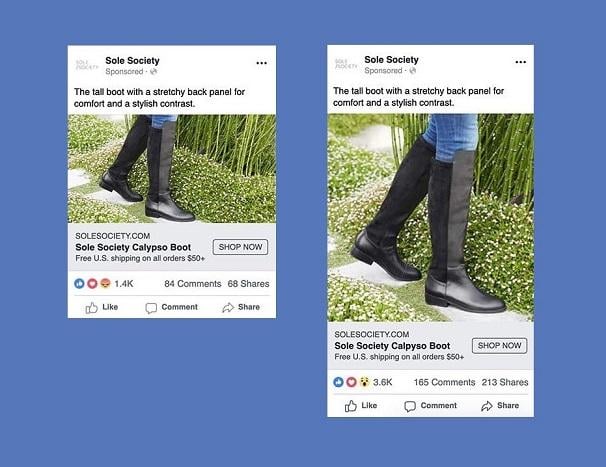
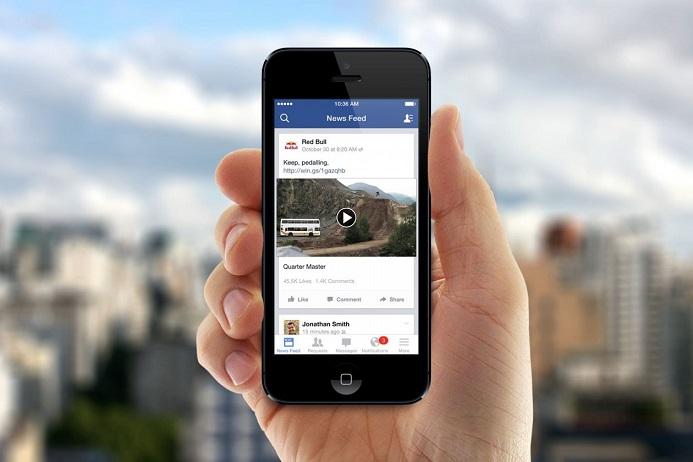
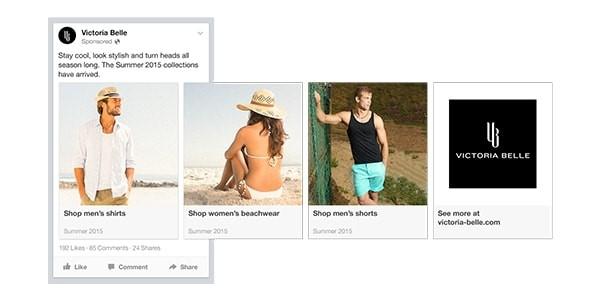

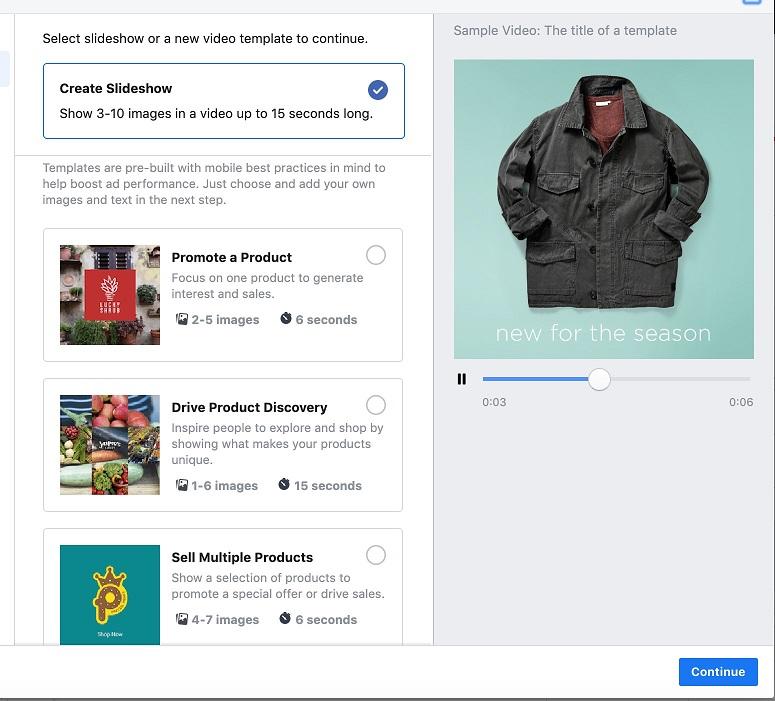
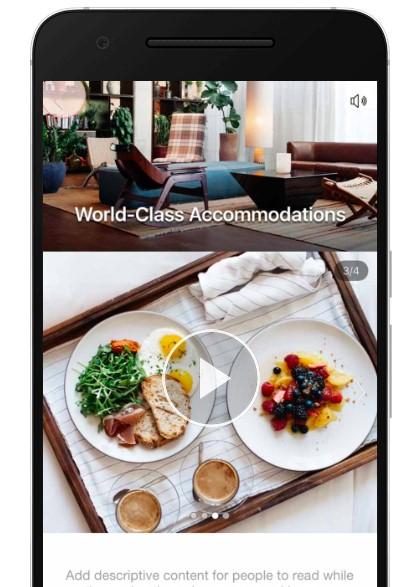
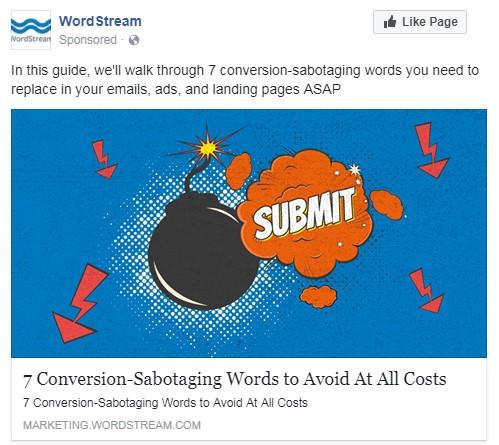
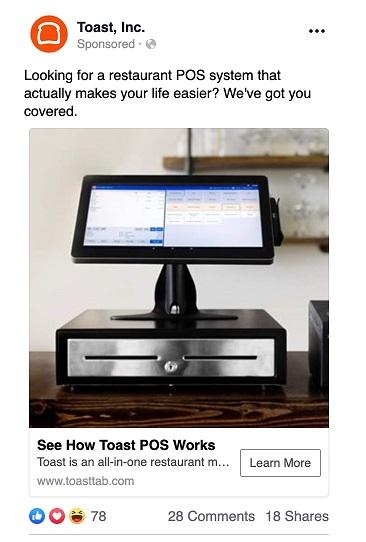


![The Best Time to Post on Instagram in 2023 [For Every Scenario]](https://staging.wordstream.com/wp-content/uploads/2023/08/best-time-to-post-on-instagram-feature.jpg)



Comments
Please read our Comment Policy before commenting.